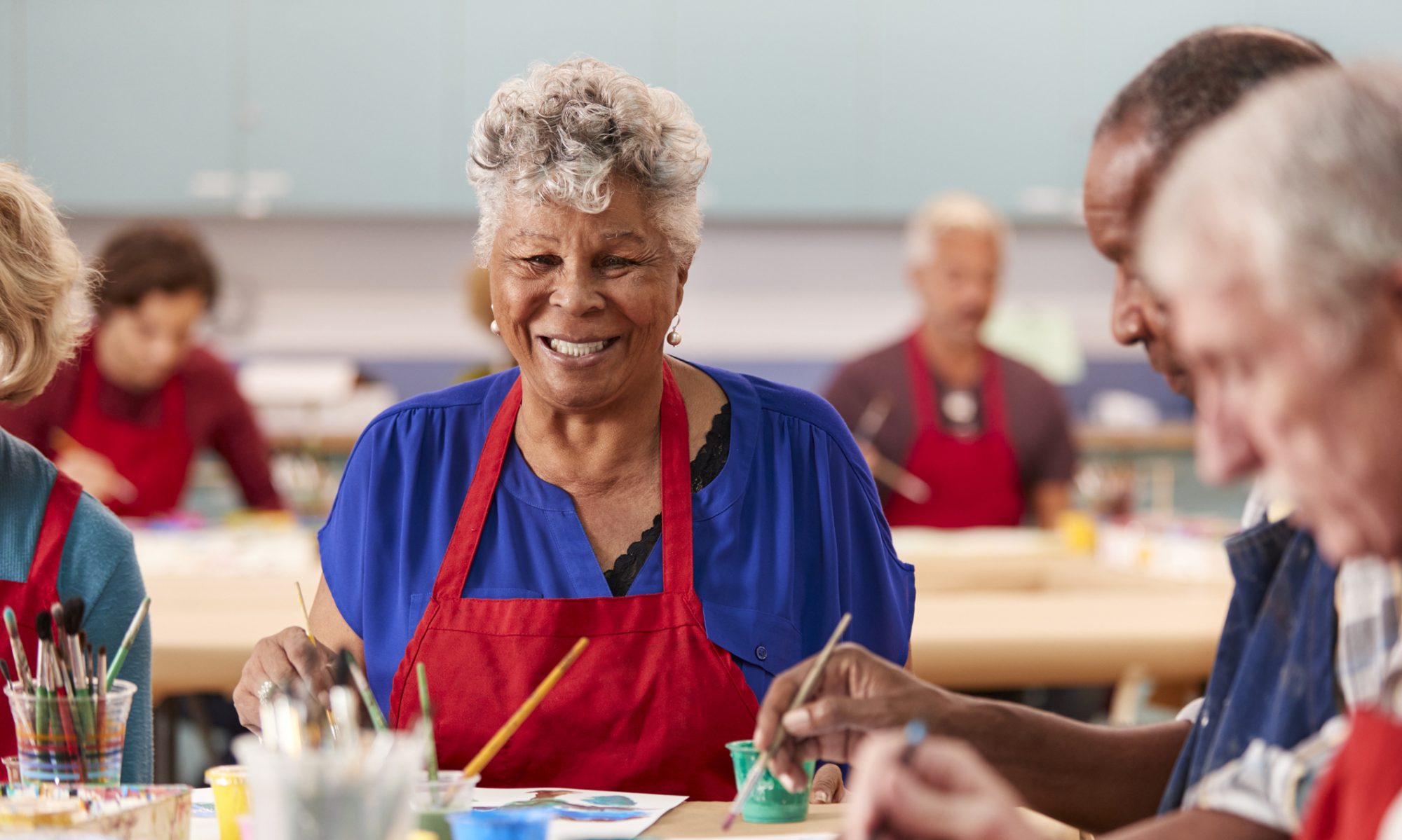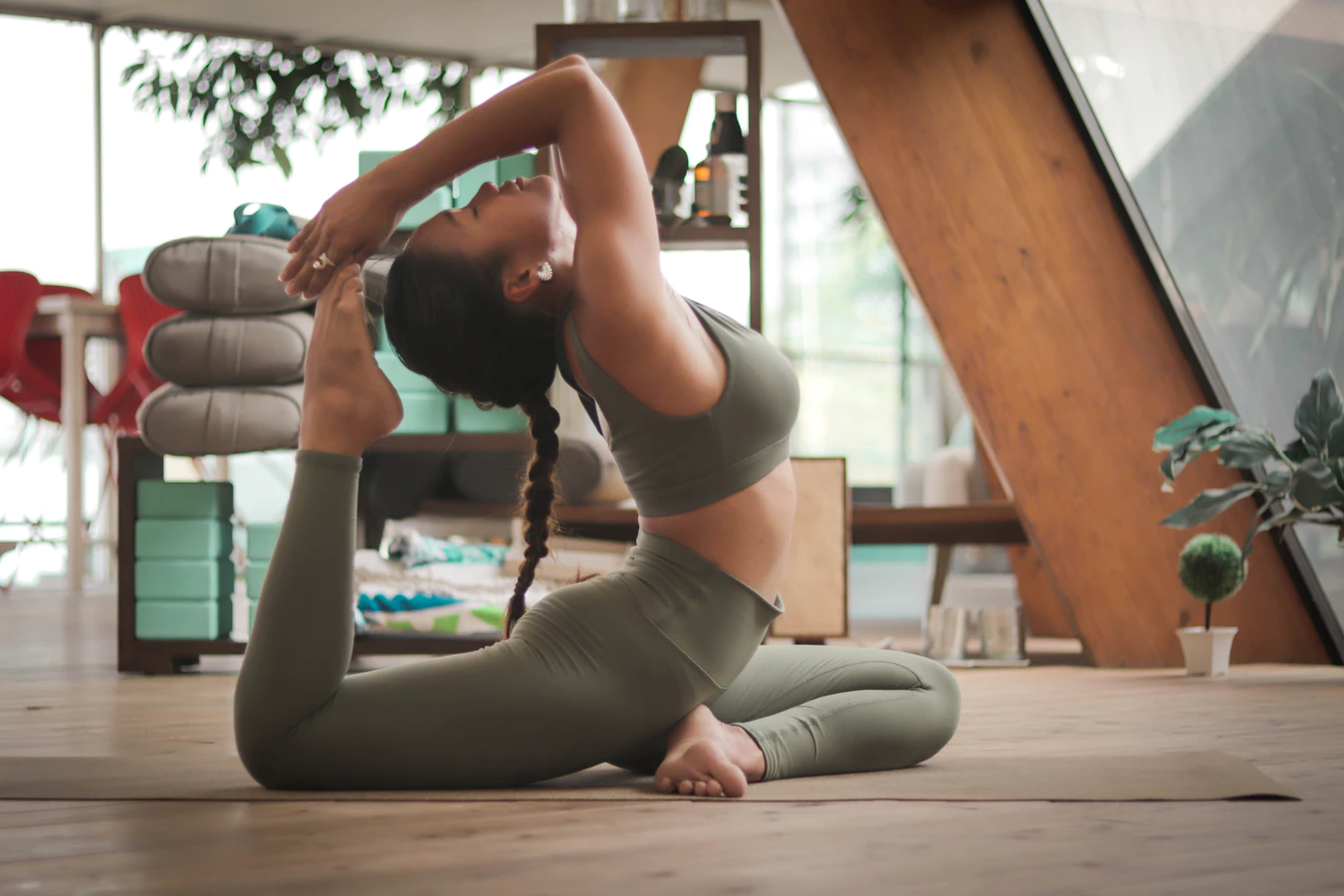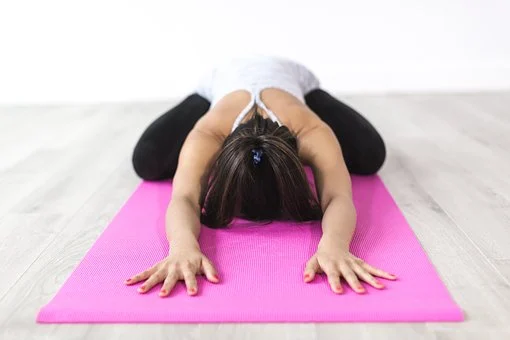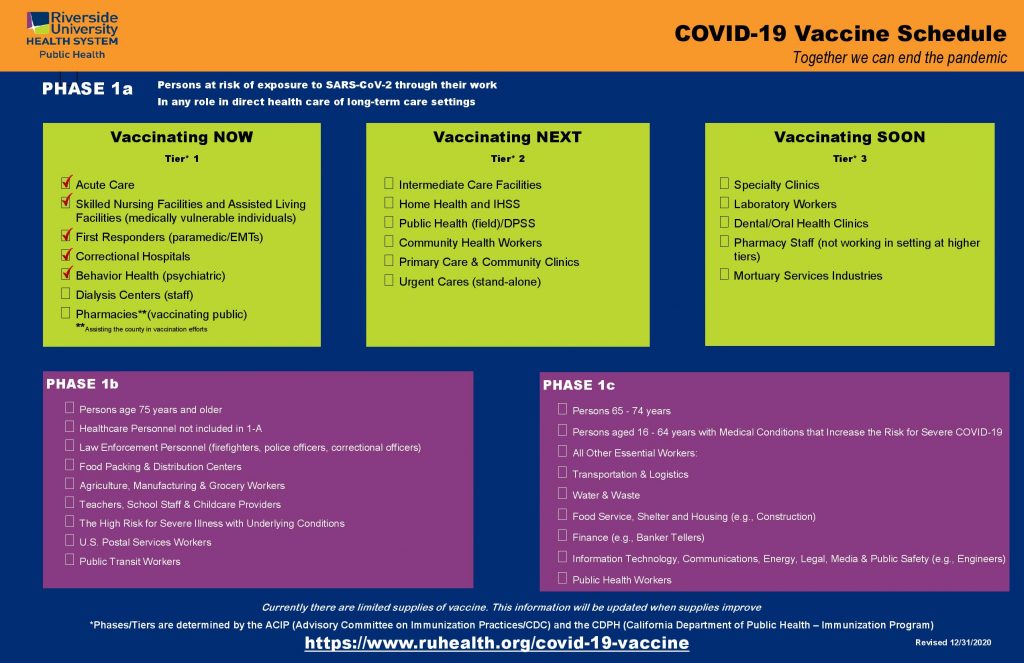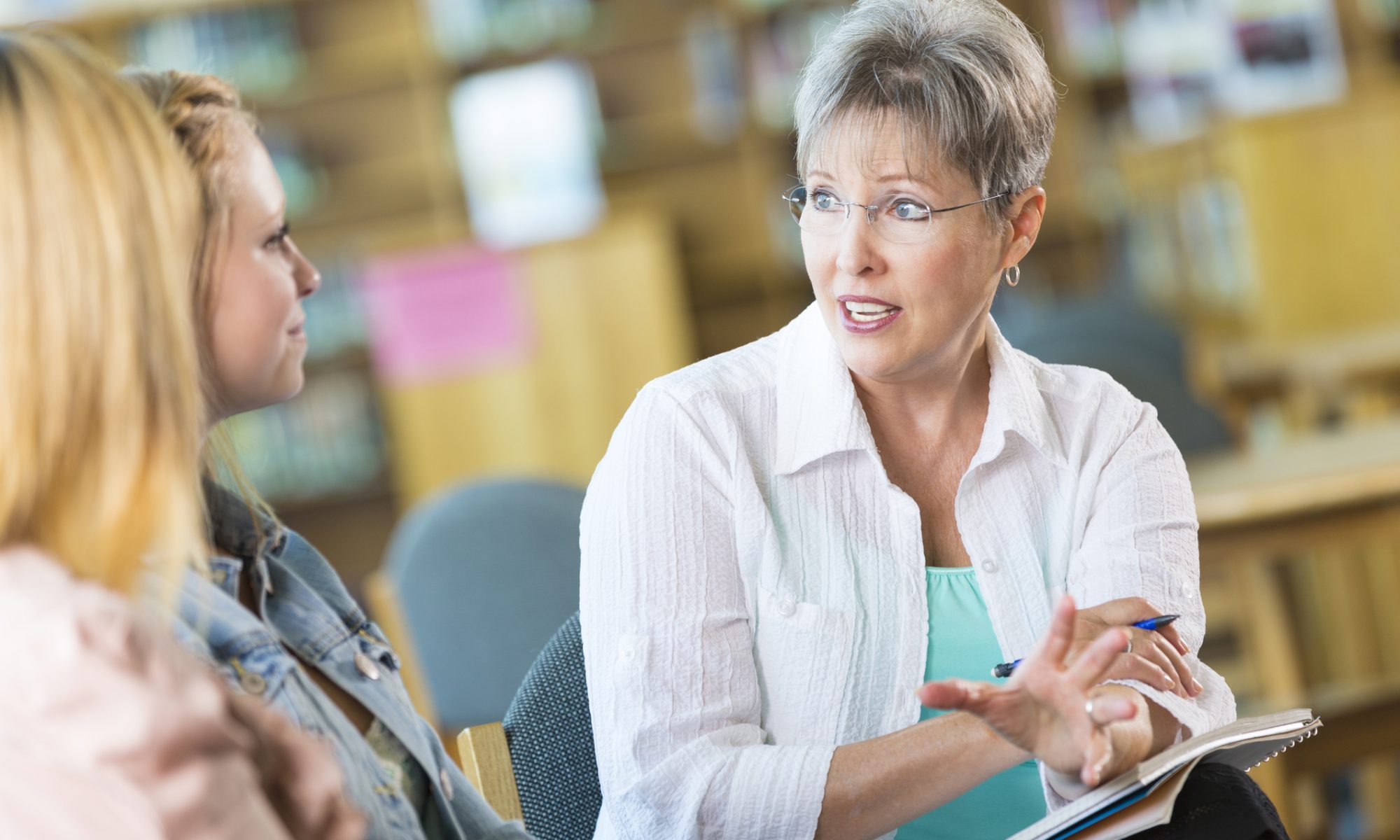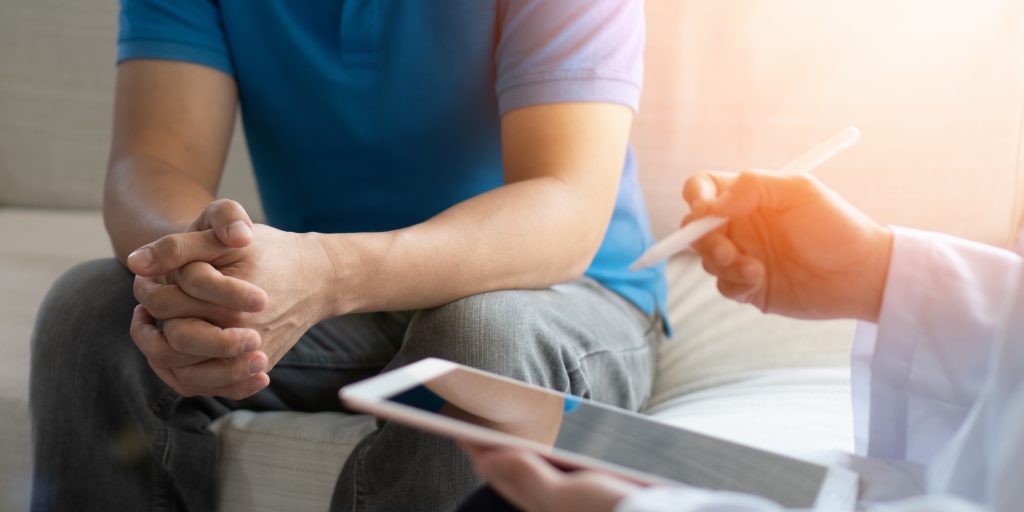This blog is addressed to those of you who have been a part of the Neuro Vitality Family in the past:
As we all know, this has been a very tough year for everyone. As the months go on, we are receiving more clarity on guidance that will allow us to return for in-person services here at the Center. You may be aware that the Governor has stated that “everything” can open up again on June 15th. I am sad to say that that does not include our services. We are governed by the Department of Aging and they have a dictated a process that we have to comply with to ensure safe and secure opening. They are taking into account the fact we have been on-line, that we have had minimal staff and that we are concerned that all clients are able to enjoy in-person services with no concern for safety. They are allowing for continuing on-line services to be available at least to October 1st and possibly to the end of the calendar year.
In the next 5 weeks we will be asking that all clients who are enrolled in the CBAS program and those who have been participating on-line will be asked to meet with Trent and Erin for a discussion about coming into the center for services, what it will mean to each of you, what you will need in terms of support and how we can help you join with your peers here at the center. As of July 6st, we will start to provide in person services and lunches to all of those who have met with our staff.
For all of you who are enrolled in the Parkinson’s programs with either Brenda or Mike, those services will continue in the afternoons on-line until October. For Mike’s speech clients, he will continue on-line services until October when we will be able to reevaluate the guidance from the State.
For those of you who were former clients here at the Center, we hope you will reconsider joining some on-line classes until such time as the center becomes available to all. We will be putting out monthly schedules of opportunities to join in activities in the afternoons. Classes will include light exercise, chat groups and perhaps some fun activities.
As the situation changes and we are given new and/or differing guidance, we will keep you informed. Also, follow our Facebook page as we do post updates there on a regular basis. If any of you have questions, please do not hesitate to call me at 760-323-7676 or email me at bgreer@neurovitalitycenter.org .
We look forward to being able to see many of you in-person and to start on the road to fully opening and putting this public health emergency behind us.
